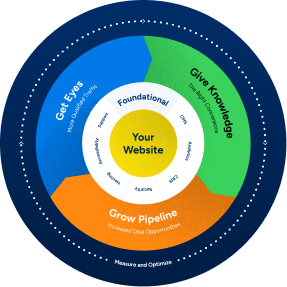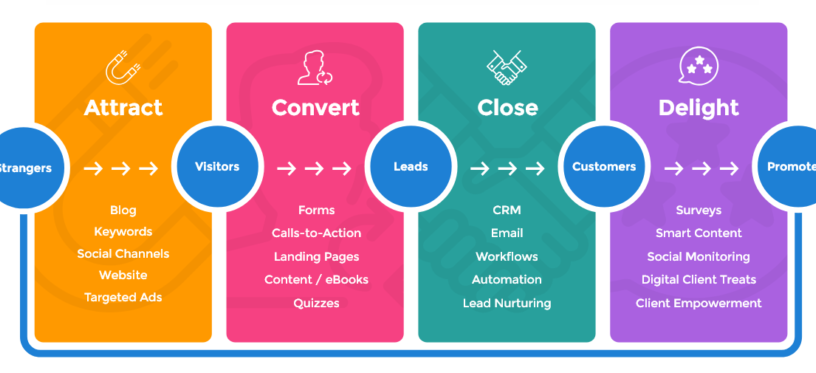In today’s world, buyers have all the power. The relationship between your business and your buyers has probably seen a pretty big change over recent years. That’s because you’ve made your buyer empowered with all the information about your service or product. Buyers also know all about your industry and the competition you want to stay away from. Don’t fail to meet those needs. At our Boston Inbound Marketing Agency, we make sure to make the buyer’s journey a comfortable one and a knowledgeable one.
What is the Buyer’s Journey?
Within the buyer’s journey, there are three stages – the awareness stage, the consideration stage, and the decision stage. Backing up for a minute, what are some things you think about before making a purchase? You do research, maybe engage with a brand a little more to find out more, and then you come to an evaluation prior to making a decision on a brand. Your customers go through a similar process to you before moving forward with a product or service. That is what the buyer’s journey is all about – the process someone goes through that leads to a purchase in the end.
The buyer’s journey is a big part of inbound marketing. Other stages of inbound marketing include attracting, engaging, and delighting your customers. In order to do that, you need to know where your prospects are in their buyer process. Once you identify what stage they’re in, you are able to connect with other inbound marketing processes to give your customers the full benefit of your brand.
The Awareness Stage
Within this stage, we are able to diagnose, in a sense, what problem or opportunity your prospect is experiencing. Here, the buyer most likely realizes they have a problem they need to fix. This is where they will start to do some more research online and try to give a name to their problem. It’s within this stage that we should your company or business should be trying to ask these questions:
- What’s the buyer’s goal or challenge?
- How do they educate themselves on either their goal or challenge?
- How is the buyer prioritizing their goal or challenge?
Once you are able to answer those questions, it’s time to move on to the next stage.
The Consideration Stage
During the second stage of the buyer’s journey, your buyer has clearly defined what their goal is issue is. Now it’s time for them to commit to it and address their goal or issue head on. Within this stage, your company can kick in by trying to concentrate on these questions:
- How is this buyer researching solutions to their challenges?
- How is the buyer deciding what category is right for them?
- What are the pros and cons of each?
Now that we know those answers, the next stage is the final stage you’ll have to work with.
The Decision Stage
In this last stage, buyers have now already decided on how to go about their goals or challenges. And make a decision!
Maybe they weighed the pros and cons of a few specific brands and then decided to go with the one that best meets their needs. In the decision stage, let’s ask yourself these questions:
- What does the buyer like about your service or product compared to your competition?
- Who needs to be incorporated with the buyer’s decision?
- Does the buyer have certain expectations? Maybe about trying the service or product before making a full on purchase or transaction?
These are just a few questions you should be asking yourself. Overall, these 3 stages of the buyer’s journey should help you identify the most of your inbound marketing strategy.
Importance of the Buyer’s Journey
The buyer’s journey and its three stages are such a powerful tool. Within the steps, you can personalize your prospects’ experiences with your business. It’s also a technique that can be utilized throughout your company’s departments. Not only is it something that marketing is only allowed to focus on, but sales and services, as well.
The buyer’s journey can also be used to segment and nurture your leads. By sending relevant content their way at certain points in the stages, you can basically take them on a journey with you. This makes your customers feel valued.
You can also align the buyer’s journey for different personas that you’ve created. This enhances the marketing, sales, and service experiences that your buyer will encounter. When you support the buyer’s behavior, information needs and problems to anything your business does, the buyer’s journey will be very smooth. This also makes it easier for your prospects to pick you over another company.

